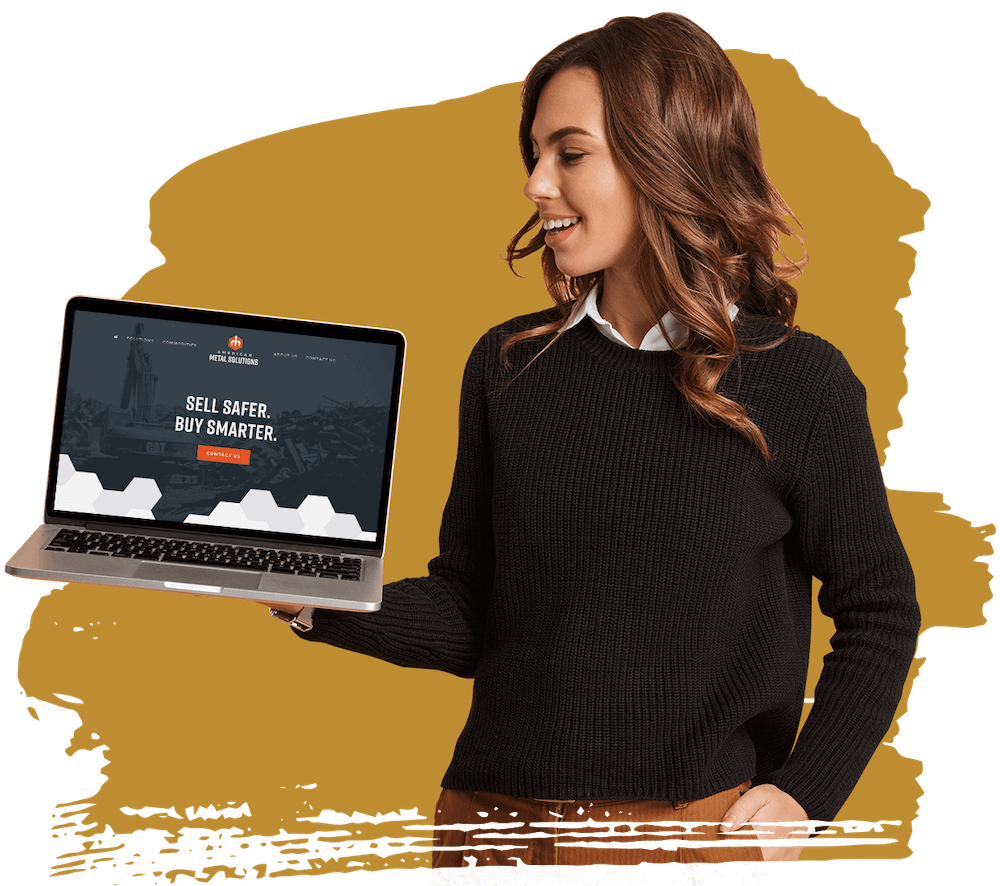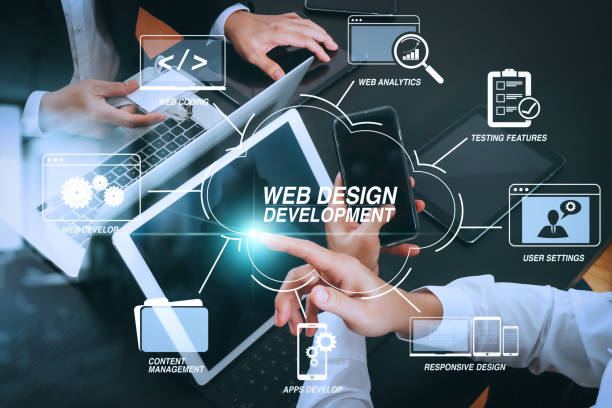Aligned Position Web Design: Transform Your Online Presence with Expert Web Design Services
Aligned Position Web Design: Transform Your Online Presence with Expert Web Design Services
Blog Article
The Most Effective Kinds of Website Design to Enhance Customer Experience and Engagement
In the ever-evolving landscape of electronic interaction, the performance of website design significantly affects customer experience and interaction. Numerous design methods, such as minimal, responsive, and interactive formats, each offer distinct benefits that can satisfy diverse individual demands. Understanding which sorts of Web layout best serve these purposes can be pivotal for services intending to boost customer contentment and retention. The concern remains: which design components really resonate with individuals and foster meaningful interaction? The expedition of these concepts discloses crucial insights that might redefine your strategy to Web design.
Minimal Web Style
As electronic landscapes come to be significantly chaotic, minimal website design has become a powerful approach to boosting user experience. This layout philosophy focuses on simplicity, concentrating on essential aspects while eliminating unnecessary diversions. By utilizing sufficient white space, simple navigating, and a limited shade scheme, minimal style cultivates clearness and routes individual attention to vital web content.
The core concept of minimalist website design is to produce a smooth communication for individuals. By reducing cognitive tons, users can promptly understand information without really feeling bewildered. This straight method not just enhances use however additionally encourages engagement, as site visitors are more probable to explore a website that is visually enticing and easy to navigate.
In addition, minimal style commonly emphasizes typography and imagery, making use of these elements purposefully to convey messages properly. This concentrate on essential parts can improve brand name identity and produce a memorable user experience. Essentially, minimalist website design is not simply a trend; it is a thoughtful methodology that acknowledges the importance of user-centered layout. By removing peripheral elements, designers can create a more interesting, efficient, and satisfying Web experience for all users.
Responsive Web Style
In today's varied electronic environment, responsive website design has ended up being essential for producing a smooth individual experience throughout a plethora of tools. As customers access sites on mobile phones, tablet computers, laptop computers, and desktop computers, the capability of a site to adapt its layout and content to various display dimensions and resolutions is critical.
Receptive website design utilizes versatile grids, images, and CSS media queries to ensure that Web material is provided efficiently, no matter the device used. This strategy not only enhances the aesthetic charm of a site however also significantly boosts functionality. Individuals are more likely to involve with a website that provides a consistent experience, as it removes the stress of needing to zoom in or scroll excessively.
Furthermore, search engines, consisting of Google, prioritize mobile-friendly web sites in search positions. By embracing receptive style, companies can boost their exposure and get to a wider target market. This method also streamlines site maintenance, as a solitary version of the website can cater to all tools, minimizing the requirement for numerous versions. In summary, responsive Web style is a fundamental practice that improves customer experience, interaction, and total contentment.
Interactive Website Design
Responsive Web design prepares for boosting user experience, but interactive website design takes this an action further by involving individuals in an extra dynamic method - Aligned Position Web Design. By integrating components such as animations, clickable models, and real-time feedback, interactive Web style astounds customers, drawing them right into a richer browsing experience
This method not only promotes involvement yet additionally motivates customers to discover material proactively instead of passively consuming it. Strategies such as gamification, where customers earn rewards for completing tasks, can considerably enhance the time invested in a site and enhance general satisfaction. Interactive attributes can streamline complicated info, making it much more delightful and absorbable.

Including interactive style aspects can additionally result in greater conversion prices, as users are a lot more likely to involve with a website that proactively includes them. Aligned Position Web Design. Inevitably, interactive Web style changes customer experiences into unforgettable trips, ensuring that site visitors return time and again
Flat Style
Defined by its minimalistic strategy, level layout emphasizes simpleness and functionality, removing unnecessary aspects and concentrating on necessary attributes. This design ideology focuses on use, making certain that customers can browse user interfaces with ease and performance. By utilizing a clean aesthetic, flat design eliminates the clutter frequently found in much more ornate styles, thereby enhancing user focus on web content and capability.
The characteristic of flat design depends on its use bold shades, basic typography, and geometric forms. These elements add to an aesthetically enticing interface that is both approachable and modern-day. In addition, flat layout cultivates a sense of clearness, enabling customers to determine essential actions and info without diversion.
Moreover, flat design is especially efficient in responsive Web style, as its simplicity converts well across different tools and display sizes. The lack of complex textures and gradients decreases packing times, which is important for maintaining individual engagement. As digital landscapes proceed to advance, flat design remains a pertinent option for creating straightforward sites that boost general experience. By focusing on essential functions, level style not just meets individual demands but likewise urges seamless communication, making it a vital element of reliable Web style strategies.
Flexible Web Layout
Flexible Web layout customizes the user experience by producing several dealt with designs customized to various display sizes and devices. Unlike responsive design, which fluidly adjusts a solitary layout, adaptive design employs distinct layouts for certain breakpoints, making sure optimum discussion on various platforms. This approach allows designers to concentrate on the unique characteristics of each device, enhancing usability by delivering precisely what customers go to this website need based upon their context.
One of the key benefits of adaptive Web layout is its capability to maximize tons times and performance. By serving tailored content and pictures that fit the individual's tool, internet sites can decrease information usage he said and enhance loading speeds. This is especially helpful for users with slower connections or limited information strategies.

In addition, adaptive style assists in a more regulated and constant branding experience. Since developers produce numerous formats, they can ensure that the aesthetic elements straighten with the brand name's identification throughout various systems - Aligned Position Web Design. This leads to a cohesive customer experience, enhancing interaction and promoting customer retention
Conclusion
Minimalist style promotes clearness and emphasis, while receptive layout makes sure versatility throughout various tools, advertising accessibility. Collectively, these layout comes close to add to the creation of user-friendly environments that not just enhance contentment however additionally drive higher conversion rates, highlighting their vital significance in contemporary Web style strategies.

Minimal design promotes clearness and focus, while responsive style makes sure adaptability throughout numerous gadgets, promoting access. Jointly, these design approaches contribute to the production of user-friendly atmospheres that not just enhance complete satisfaction yet also drive higher conversion rates, underscoring their crucial value his response in contemporary Web design approaches.
Report this page